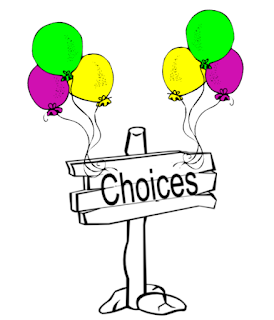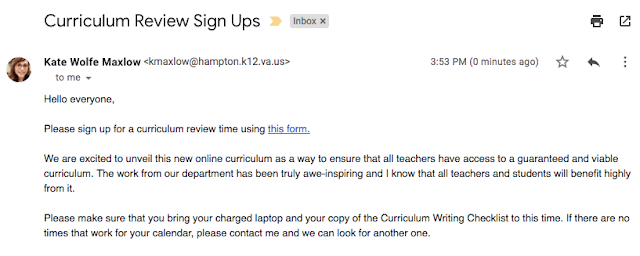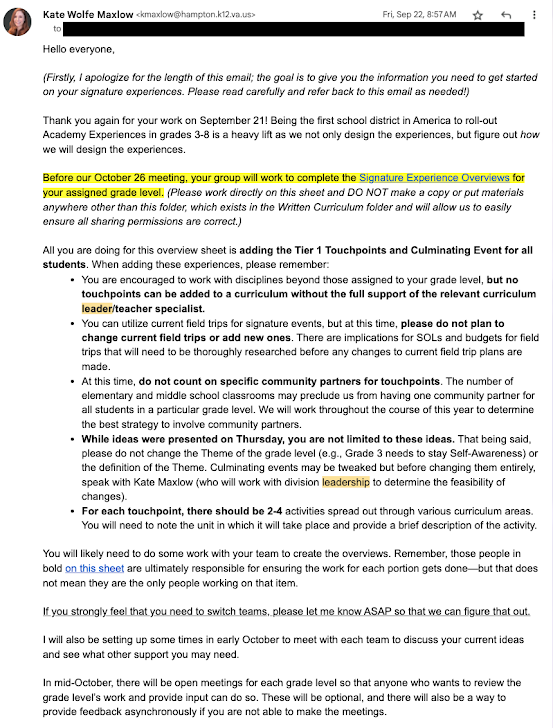I can still sing the entire jingle from a Milky Way commercial that played non-stop on TV when I was five. I remember all of King Henry VIII’s wives from a coloring page activity I did when I was eight. I can name all of the states in alphabetical order because of a school play I did at age 10.
The unrelated facts all stuck in my brain for the same reason: I learned them via the arts. Music, visual arts, and acting can all have powerful effects on our abilities to understand and retain information. There’s a lot of research out there on why the arts help students use more regions of their brain and how it can impact achievement.
For instance, check out these cool arts and learning facts:
- Because of its emphasis on pitch and rhythm, there’s more and more evidence of a link between music and reading abilities (Patel, 2003; McMullen & Saffran, 2004; Asoridou & McQueen, 2013).
- We can increase comprehension by asking students to stop, visualize, and create a piece of art that represents their visualization of what they’re studying (Wilhelm, 1995).
- Emotions are strongly tied to memory, and having students act out what they are learning helps activate the emotional centers of the brain (Armstrong, 2008).
Don’t think that older kids don’t feel the same way. I’ve talked to many high school teaches who weren’t afraid to give their students some playdough and the students loved it. In fact, I’ve used it in PDs before and had plenty of teachers who can’t resist it, either.
That being said, there are some tips for successfully incorporating the arts into your classroom:
- Time can easily slip away when having fun. Consider beforehand how much time you want to spend on an arts activity, and stick to it. Students can easily spend an entire class period perfecting a single drawing or creating a song, so it’s important to set the time limits up front and stick to them as much as possible.
- Students who are not used to these kinds of tasks, especially older students, might be reluctant at first to participate in things they don’t think are “real learning.” It can be helpful to share the research with these students so they understand why sculpting, drawing, singing, or moving are “real learning.”
- Arts have a huge impact on memory, so check with students frequently while they work to make sure they’re not unintentionally incorporating misconceptions into their learning.
Ready to try it out?
Here are some quick and easy ways to incorporate the arts into your classroom.- Have students write a song and/or dance that explains the concepts that you’re learning.
- Instead of a multiple choice test, ask students to do a Quick Draw about the topic as an Exit Ticket.
- Put students in groups of 3-4 and give them a vocabulary word from the current unit and have them come up with a 1-minute or less skit that “acts out” the word without using the actual word. Have other groups then guess what the group is acting out.
- Want more ideas? Check out this Navigation Guide for Integrating the Arts.
Write a Goal
We're always more likely to actually do something when we write a goal. Here are some examples:- During the first quarter, I will infuse at least one arts activity per week into my lessons.
- During the first quarter, I will ensure that students have an opportunity to sing, dance, sculpt, and act at least once.
Hampton City Schools Teachers
Do you work in Hampton City Schools? Great! Here are some ideas from the Instructional Technique Library that use art. Click on the links to see more ideas for how to use them for YOUR classroom. (If you don't work at Hampton City Schools, you should. Look at all the fun we're having!)Chatter Drawing: Students create a graphic representation of their knowledge on a topic before and after the lesson, and compare and contrast the two drawings.
Graffiti Art: Students “graffiti” a large piece of butcher paper in groups either before or after learning, then look at themes across all groups’ work.
Show Don’t Tell: Students draw, act out, or sculpt an important word or phrase from the topic and the rest of the class has to guess what it is.
References to check out for more information on the arts and learning:
Armstrong, S. (2008) Teaching smarter with the brain in focus: Practical ways to apply the latest brain research to deepen comprehension, improve memory, and motivate students to achieve. New York: Scholastic.
Asaridou, S. S., & McQueen, J. M. (2013). Speech and music shape the listening brain: Evidence for shared domain-general mechanisms. Frontiers in Psychology, 4, 321.
Brown, C. (2010). Children of reform: The impact of high-stakes education reform on preservice teachers. Journal of Teacher Education, 61(5), 477-491.
Garvis, S. & Prendergast, D. (2010). Supporting novice teachers and the arts. International Journal of Education and the Arts, 11(8), 1-23.
Johnson, C.Y. (2013). “Learn music, be better at math, right? Study finds it’s not so.” The Boston Globe. Retrieved from http://www.bostonglobe.com/lifestyle/health-wellness/2013/12/11/music-makes-you-smarter-right-actually-doesn-harvard-study-finds-harvard-study-finds-studying-music-doesn-make-you-smarter/OkdbVM6fQR4hryFuKNm9gJ/story.html
Kraus, N. & Anderson, S. (2015). “Beat-keeping ability relates to reading readiness.” The Hearing Journal, 68(3), 54-56.
Oreck, B. (2004). The artistic and professional development of teachers: A study of teachers' attitudes toward and use of the arts in teaching. Journal of Teacher Education, 55, 55-69.
Patel, A. (2003). Language, music, syntax and the brain. Nature Neuroscience (6)7, 674-681.
Saffron, J. (2003). Absolute pitch in infancy and adulthood: The role of tonal structure. Developmental Science, 6(1), 35-47.
Silverman, M.J. (2010). The effect of pitch, rhythm, and familiarity on working memory and anxiety as measured by digit recall performance. Journal of Music Therapy, 47(1), 70-83.
Wilhelm, J. (1995). Reading is seeing: Using visual response to improve the literary reading of reluctant readers. Journal of Reading Behavior, 27(4), 467-503.














